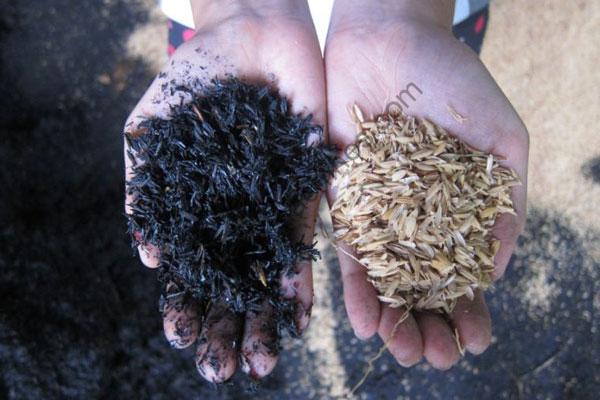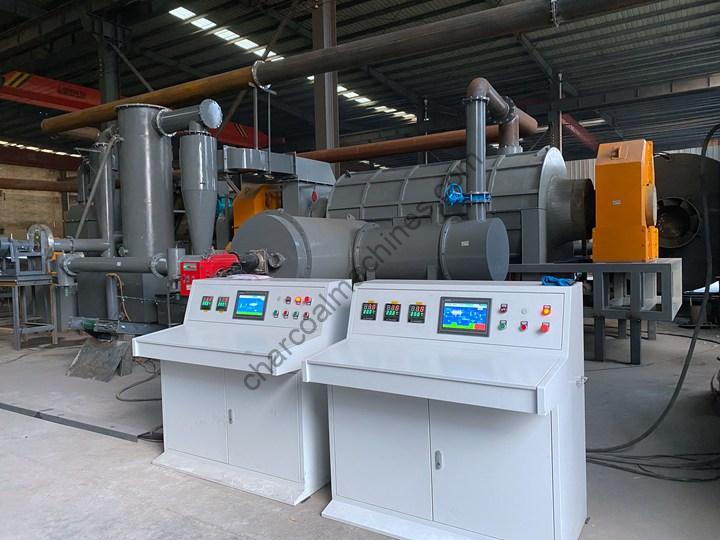米殻炭の作り方は?炭化米殻の方法
米殻炭の製造は、多くの農業廃棄物を回収するだけでなく、炭化した米殻をさまざまな化学製品や農業肥料の加工に有効活用します。したがって、米殻炭の加工事業への投資は、多くの農家にとって利益があります。彼らは安価な原料を最大限に活用し、米殻炭化機を使って高品質な米殻炭を製造し、販売できます。
なぜ米殻炭を生産する必要があるのですか?
米殻は米の精米後に残る廃棄物で、一般的に粗い胚芽と呼ばれます。10 0 kgの米の収穫ごとに約20 kgの米殻廃棄物があります。この稲の廃棄物を適切に処理しないと、環境負荷が大きくなります。
稲殻炭製造機を使用すれば、この廃棄物を土壌を保護する宝物に変えることが可能です。
実際、多くの作物の藁の廃棄物はリサイクル可能です。近年、これらの廃棄物は徐々に利用され、廃棄や焼却による汚染を引き起こさなくなっています。トウモロコシの stalks、米 stalks、ピーナッツの bark、藁 stalks、米殻などはすべて炭に加工できます。

効率的に米殻炭を作るにはどうすればよいですか?
窯焼き米殻炭
この方法での稲殻炭の処理は比較的簡単です。地面に浅い穴を掘り、木材や稲殻をその穴に置いて炭に焼き上げるだけです。操作は簡単ですが、稲殻炭の品質と生産効率は高くなく、空気汚染を引き起こしやすいです。
無煙炭機
無煙炭化炉を使用すれば、連続的に米殻炭を生産でき、生産効率も高く、汚染もありません。この高効率なバイオ炭生産プロセスの登場は、炭を基にした肥料の産業基盤が近年大きく発展したことの保証でもあります。

米殻炭の用途は何ですか?
炭化させた化学的に活性な米殻炭は、シリカ、ナトリウム、カリウム、カルシウムを豊富に含み、歯磨き粉や歯粉の研磨剤として利用できます。
米殻炭は活性炭洗顔料の製造にも利用でき、肌の毛穴の拡大を効果的に治療します。米殻炭は産業や農業にとって大きな助けとなります。熱と電力の生成に利用でき、新エネルギーの精製にも燃料を提供します。
農業において、米殻炭のpHは約8.5-9.0で、酸性化(pHが4.5未満)の土壌の土壌酸・アルカリ中和剤として機能します。1グラムの米殻炭は数千平方メートルの比表面積を持ち、有害物質(鉛、カドミウム、アンモニアなど)を土壌から吸収し、土地利用を改善します。

コメント10